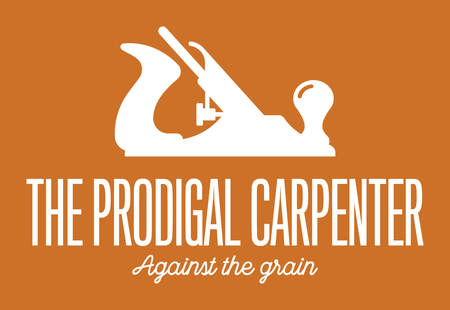We finish our cutting boards in one of two ways; using food grade mineral oil is our most common finish however on occasion we will finish a board with Salad Bowl Finish (aka SBF).

Before explaining the differences in the finish we’d first like to identify the similarities:
- Both finishes are food safe
- Both finishes will protect the wood surface without detracting from the natural healing and anti-bacterial properties of end grain boards.
- Both finishes are applied over several days with multiple coats
- Both surfaces will in fact require periodic maintenance
Now the differences. Mineral oil is applied to saturate the wood from one side through the board to the other whereas SBF provides a harder layer of finish that doesn't penetrate deeply through the board and sits more on the board surface.
Mineral oil requires reapplication every month or two to keep the board from drying out; the process is quite simple as is it can be found at most grocery or drug stores at an inexpensive price. The rule of thumb is that if water begins to penetrate(saturate) instead of “puddling” on your board it’s time to reapply.
SBF boards will only require reapplication when the boards are in need of sanding and resurfacing. Depending on use this is most likely to occur every 8 - 12 months. Here is a recently "reconditioned" board we did with SBF.... you'll see in the close-up that months of use has resulted in few knife marks...

Although SBF boards require less maintenance the purchasing and storage of the finish brings about more challenges than mineral oil. SBF is also more expensive than mineral oil. Thus, we find mineral oil to offer good protection, ease of access to maintenance product, and ease of application for the consumer, and therefore use it predominantly.
As stated above both finishes will require periodic maintenance to remove the knife marks from your board. The beauty of wood, especially end grain wood is that the knife marks can be sanded out completely and a new coat of finish applied. You don’t get this with a cheap plastic board, and even face grain cutting boards are more difficult to achieve similar results.
Finally, the decision ultimately comes down to personal preference. Both finishes look stunning as they bring the dry and sanded wood surfaces to life showing both depth of color and detail of grain.
The Prodigal Carpenter provides free resurfacing of boards purchased from us , with shipping covered by customer.

Leave a comment